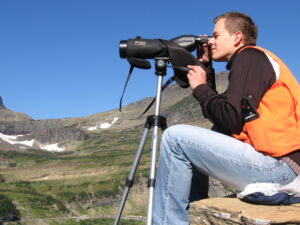
A citizen scientist gathering observations in Glacier National Park. Image: Wikipedia
By Mariana Meneses
In the world of citizen science, 2023 has witnessed inspiring initiatives and groundbreaking discoveries driven by collaborative efforts.
This article serves as a follow-up to our series on important projects unfolding throughout the year, showcasing the passion and dedication of citizen scientists worldwide in unraveling mysteries and contributing valuable data for scientific advancement.
Backyard Worlds: Cool Neighbors, a citizen science project led by scientist Dr. Aaron Meisner at the U.S. National Science Foundation’s NOIRLab that was featured in TQR’s July edition, has made significant strides in uncovering brown dwarfs. Brown dwarfs are celestial objects with masses that range between those of stars and the gas giant planets like Jupiter.
In June 2023, the project introduced an optimized workflow and incorporated new data from NASA’s Wide-field Infrared Survey Explorer (WISE) telescope, enabling anyone with a phone or computer to potentially discover a brown dwarf lurking in our cosmic backyard.
What’s more, citizen scientist Frank Kiwy discovered 34 new ultracool dwarf binary systems in the Sun’s neighborhood using the Astro Data Lab science platform at NOIRLab, nearly doubling the known number of such systems. These advancements underscore the valuable contributions citizen scientists can make to our understanding of the universe.
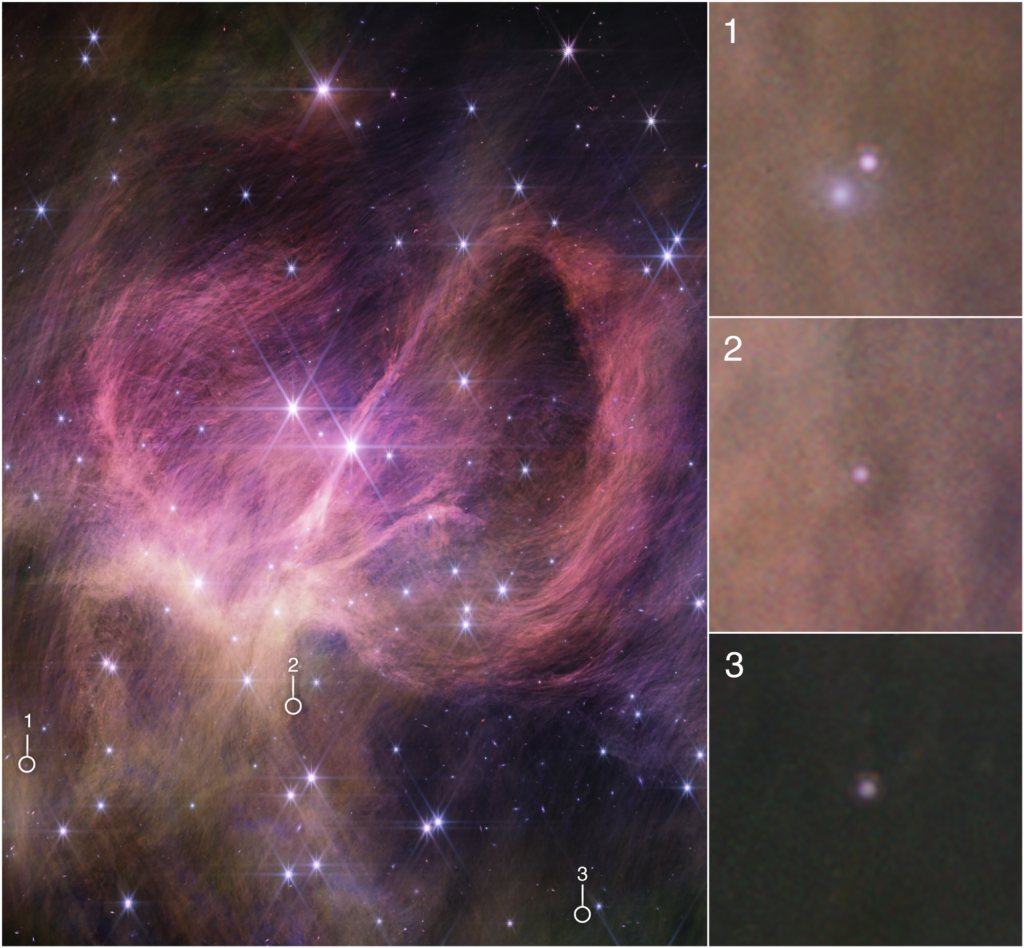
Released in December 2023, an image from the James Webb Space Telescope shows the central portion of the star cluster IC 348. Astronomers identified three free-floating brown dwarfs that are less than eight times the mass of Jupiter. Image: NASA
Another exciting project featured in TQR this year was Dark Energy Explorers, a citizen science project spearheaded by PhD student Lindsay House, which is making significant progress in demystifying dark energy.
Utilizing data from the Hobby-Eberly Telescope Dark Energy Experiment (HETDEX), the project has generated 3.5 million classifications from over 9,000 volunteers across more than 80 countries.
Planned for launch in 2027, NASA’s Nancy Grace Roman Telescope will examine exploding stars, called supernovae. One of the mission’s primary science goals involves using supernovae to help pin down the nature of dark energy – the unexplained cosmic pressure that’s speeding up the expansion of the universe.
Since its inception in February 2021, Dark Energy Explorers has seen the identification of approximately 240,000 galaxies by more than 10,000 volunteers.
This accounts for nearly a tenth of the total number of galaxies anticipated to be found in their survey of a celestial patch equivalent to 2,000 full moons. The ultimate goal is to construct the largest 3D map of the cosmos, focusing on galaxies in the early universe to uncover crucial insights about dark energy.
Chimp & See, a project on the Zooniverse platform that was also previously featured in TQR, invites citizen scientists to view, categorize, and discuss footage from camera traps placed at various locations in Africa.
This is part of the Pan African Programme: The Cultured Chimpanzee, and the project has attracted thousands of participants from diverse backgrounds. The focus of the project is on primates that have developed tool usage and human-like behaviors, as these could provide insights into human evolution. As of November 27, 2023, the project is 92% complete has identified 146,079 subjects, thanks to the efforts of 26,720 volunteers and collaborators from many different countries.
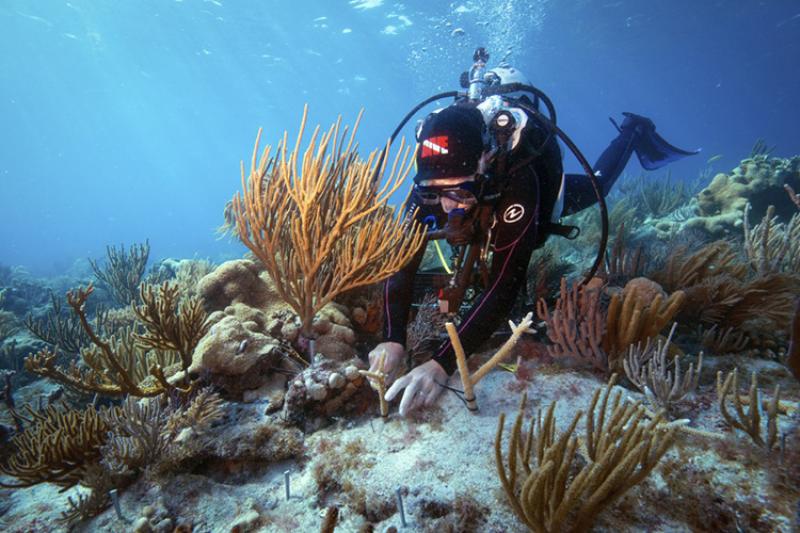
Coral reefs suffer significant damage from climate change. In this photo, a diver reattaches coral to the bottom of a reef in the Florida Keys National Marine Sanctuary. Image: NOAA and Reef Resilience Network.
In our July edition, we also featured the NASA’s NeMO-Net game, a pioneering project, enlisting the public to actively contribute to climate research and coral reef conservation.
This innovative video game engages players in the task of mapping the ocean floor, focusing on the significance of coral reefs in the face of unprecedented destruction due to rising temperatures. By classifying coral reefs through painting on real-life images obtained from the ocean floor, participants directly contribute to NASA’s efforts in teaching their supercomputer to classify reefs globally.
There have been numerous exciting updates from the young scientists we’ve been keeping an eye on.
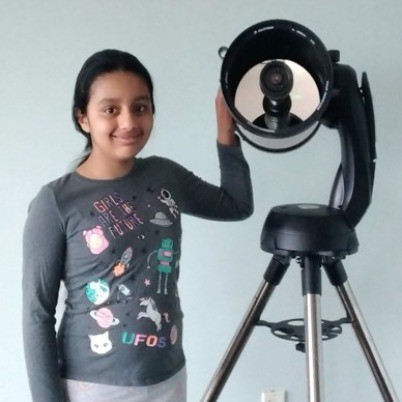
Arushi Nath, a young woman in STEM to watch. Image: Arushi’s LinkedIn profile.
Young Canadian Arushi Nath, founder of MonitorMyPlanet.com and featured in another TQR article, actively participated in the annual Launchpad Mentorship Event at the University of Toronto’s Hart House on November 9, 2023, organized by Tundra Technical Solutions.
Arushi continues to pursue her passion for STEM education, and her achievements are impressive, including winning top awards at the 2023 and 2022 Canada-Wide Science Fair and the European Contest for Young Scientists in Brussels.
A few months earlier, Arushi’s citizen science project also provided her with the extraordinary opportunity to present her groundbreaking research at the 8th Planetary Defense Conference in Vienna, where she shared insights with delegates from institutions such as NASA, the European Space Agency, and various national space agencies.
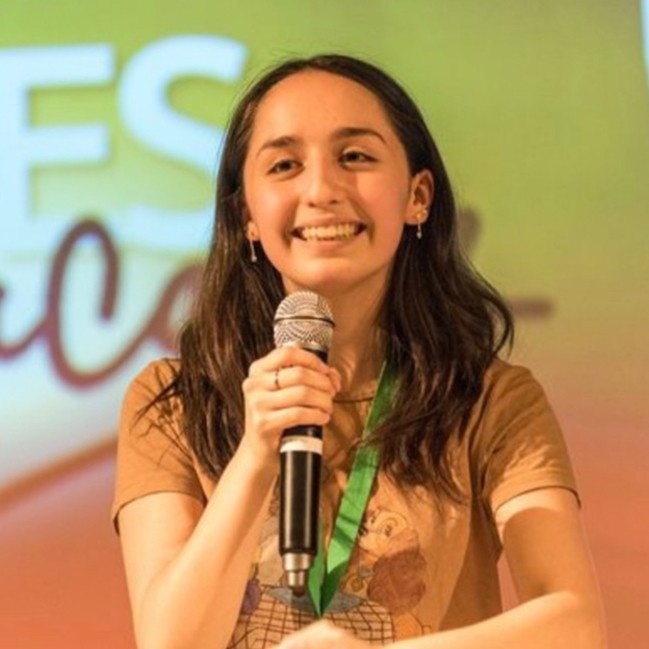
Elisa Torres Durney is the founder of Girls in Quantum. Photo: Elisa’s LinkedIn profile.
Elisa Torres Durney, founder of Girls in Quantum, whose work we have also featured, had a remarkable experience at the Women’s Economic Forum Caribbean 2023 in Puerto Rico, where she engaged in discussions and panels alongside influential women leaders from Latin America.
Girls in Quantum is an initiative that aims to provide free educational resources for girls and students around the world to get involved in the field of quantum computing, inspiring and empowering youth globally by teaching them how quantum technology can be used to solve global issues and introducing them to professionals in the field. Recently, Elisa was at EY Strategic Growth Forum 2023, where she received positive feedback. The event, attended by over 800 CEOs and entrepreneurs, provided valuable connections.
In another TQR article on how Technology Fuels Advances in Citizen Science, we’ve presented our readers with many links to open citizen science projects:
- NASA’s citizen science projects;
- The Zooniverse platform, which is a group of citizen science projects operated by the Citizen Science Alliance that is home to some of the largest, most popular and most successful citizen science projects.
- Galaxy Zoo is a crowdsourced astronomy project in which volunteers assist in the classification of large numbers of galaxies. The “Gems of the Galaxy Zoo’s” databases can be found here.
- The Milky Way Project’s main goal is to identify stellar-wind bubbles in the Milk Way that scientists believe to be the result of young, massive stars whose light causes shocks in interstellar gas.
- The U.S. government’s Citizenscience.gov, which lists projects validated by federal employees, and
- The EU-citizen Science, a platform for citizen scientists to share knowledge, tools, training, and resources that aims to become the European citizen science reference point.
As we celebrate the important contributions of citizen scientists worldwide, the ongoing endeavours and diverse projects underscore the power of collective efforts in advancing our understanding of the universe and addressing pressing global challenges.
These collaborative initiatives not only unravel mysteries but also contribute valuable data for scientific progress. The passionate individuals involved in these projects inspire a global community dedicated to the collective goal of advancing knowledge and finding innovative solutions to some of the most critical issues we face. The many and diverse citizen science endeavors highlighted in this article showcase the profoundly important outcomes that can be achieved when individuals come together to explore, discover, and contribute to the collective body of scientific knowledge.
Will you also become a citizen scientist?
Interested in exploring related topics? Discover these recommended TQR articles:



